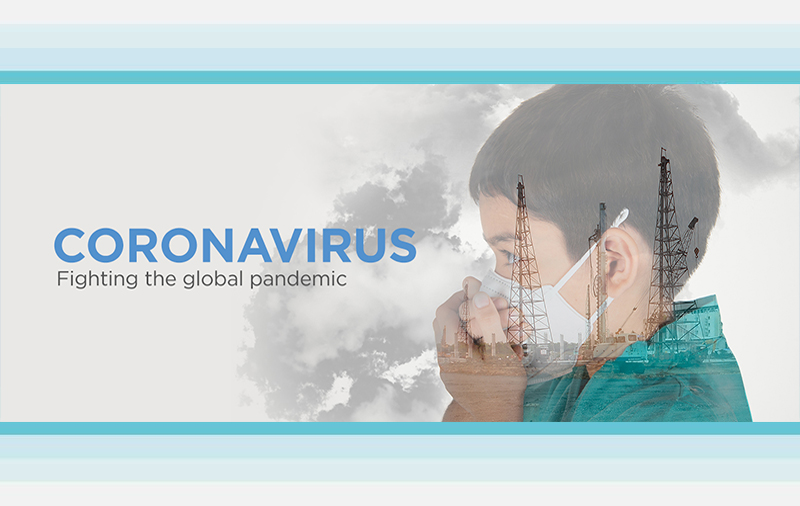
What started off as a virus contained to one country has today become a concern for the whole world. Today, doctors, researchers and other healthcare workers are relentlessly pursuing every effort to curb the spread of Covid-19 in whichever way they can.
As time passes, we have found out a few characteristic traits of the novel coronavirus, and this is helping us trace and deal with the disease in a much better way. In a recently held session by by Dr. Manuj Wadhwa, Chairman and ED at Ivy Elite Institute of Orthopedics & Joint Replacement, he spoke about the various ways through which doctors can identity the disease. While doctors are obviously following these protocols, it is good for everyone to know the basics of the disease to help steer clear of it in the near future.
What is it that makes Covid-19 a ‘novel’ disease?
The term ‘coronavirus’ as a whole refers to a family of various pathogens that can cause illness ranging from the common cold to more severe diseases. When a new strain that has previously not been identified in humans appears, it becomes known as a ‘Novel’ Coronavirus (nCOV). The strain that has now been named Covid-19 is unique in nature. Structurally, it comprises of a nucleoprotein at its center, which is surrounded by a layer of fat that has protein crowns on it. Genetically, it is related to the SARS virus that occurred in 2003, but both the diseases are unique in their own ways.
The term ‘coronavirus’ as a whole refers to a family of various pathogens that can cause illness ranging from the common cold to more severe diseases. When a new strain that has previously not been identified in humans appears, it becomes known as a ‘Novel’ Coronavirus (nCOV). The strain that has now been named Covid-19 is unique in nature. Structurally, it comprises of a nucleoprotein at its center, which is surrounded by a layer of fat that has protein crowns on it. Genetically, it is related to the SARS virus that occurred in 2003, but both the diseases are unique in their own ways.
Washing Your Hands Off It
As we mentioned earlier, the virus is surrounded by a layer of fat that keeps it protected. When you wash your hands vigorously with soap for 20 seconds, the fat layer starts to crack and thus, the virus has no chances of surviving on your hands.
As we mentioned earlier, the virus is surrounded by a layer of fat that keeps it protected. When you wash your hands vigorously with soap for 20 seconds, the fat layer starts to crack and thus, the virus has no chances of surviving on your hands.
The Spread Pattern – Factors & Facts
By now, we all know that Covid-19 spreads because of coughing and sneezing. And that begets the question – is the disease airborne? Well, thankfully the virus can ONLY be spread by a human carrier. The virus that causes COVID-19 is mainly transmitted through droplets generated when an infected person coughs, sneezes, or speaks. These droplets are too heavy to hang in the air. They quickly fall on floors or surfaces.
By now, we all know that Covid-19 spreads because of coughing and sneezing. And that begets the question – is the disease airborne? Well, thankfully the virus can ONLY be spread by a human carrier. The virus that causes COVID-19 is mainly transmitted through droplets generated when an infected person coughs, sneezes, or speaks. These droplets are too heavy to hang in the air. They quickly fall on floors or surfaces.
Now, because of their particular composition, they can live on these surfaces for a few hours or for a couple of days. The surface material, temperature and humidity are factors that come into play here. One thing that has been confirmed by doctors is that, contradictory to earlier opinion, Covid-19 does survive in temperatures over 25 degrees. Thus, just because it is hot and sunny outside doesn’t mean it is safe to step out just yet.
Comments
Post a Comment